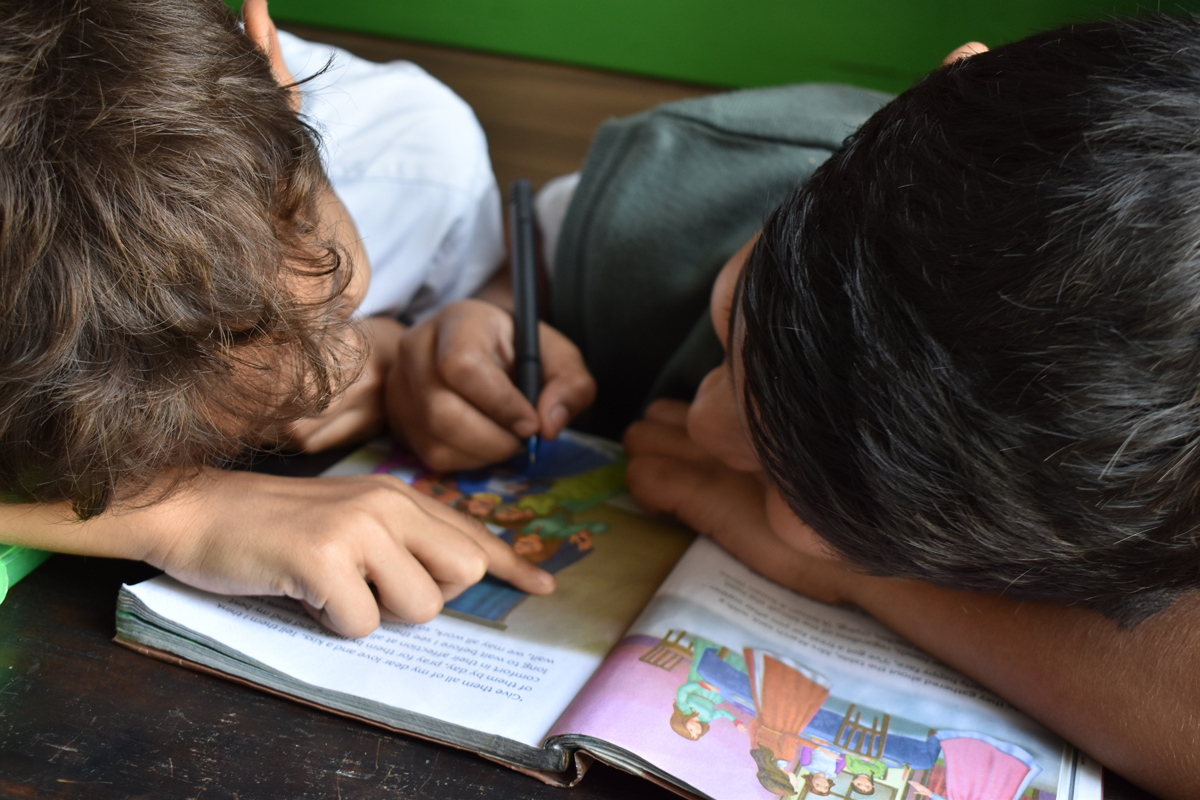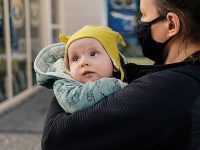
We are facing a new virus and, as UNICEF indicates, there is still not enough information available to know how it affects children. Even so, it is true that fewer cases have been reported. The question is whether children have milder symptoms or are indeed asymptomatic carriers. This would not mean that children are not likely to be infected, but that there are more undetected cases of COVID-19, because people who have no symptoms are not tested and are not listed as infected. But we are still unable to say with absolute certainty that this is the case.
For this reason, in countries like Spain, where the spread is low, measures such as closing schools may be more problematic than beneficial. If children do not go to school, instead of being with other children, they would stay at home with adults, even elderly people in many cases. This could increase the probability of infection, since older people have so far been found to be one of the groups most affected by COVID-19.
Regarding this reduced spread of the coronavirus, another possibility is that it will decrease with the rise in temperature, since this factor tends to reduce the impact of respiratory viruses. Further information is still needed to know if this will occur with the current coronavirus strain, but if it does, it will not be because heat prevents infection, but because it makes the contagion process more difficult. In theory, the transmission of COVID-19 would occur through close contact with the respiratory secretions of an infected person’s coughing or sneezing. Thus, if temperatures rise, the droplets may last less time in the environment, evaporating earlier, and therefore reducing the possibility of contagion.
Answered by Fernando González Candelas, Full Professor of Genetics at the University of Valencia and researcher at the Joint Research Unit on Infection and Public Health (FISABIO-University of Valencia). Response supplemented with information provided by UNICEF.
«Mètode’s whys and wherefores» is a science consultation office where the readers send their scientific questions and an expert answers them. You can send your question using this form. All the questions we receive until 15 June will participate in a draw to win a selection of Mètode publications.





